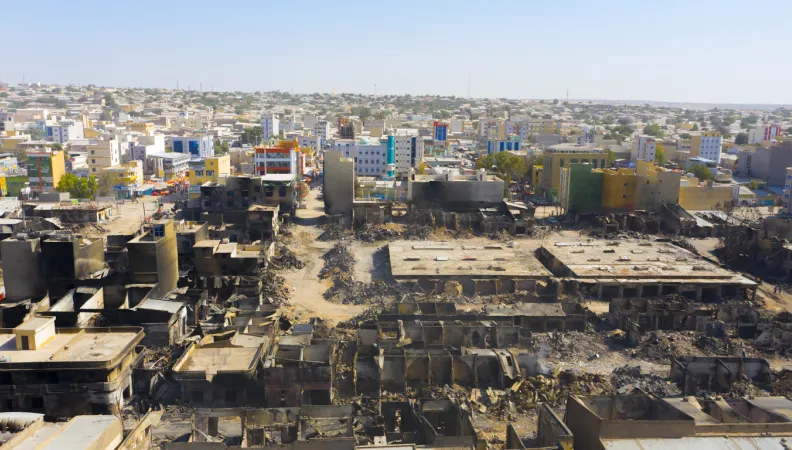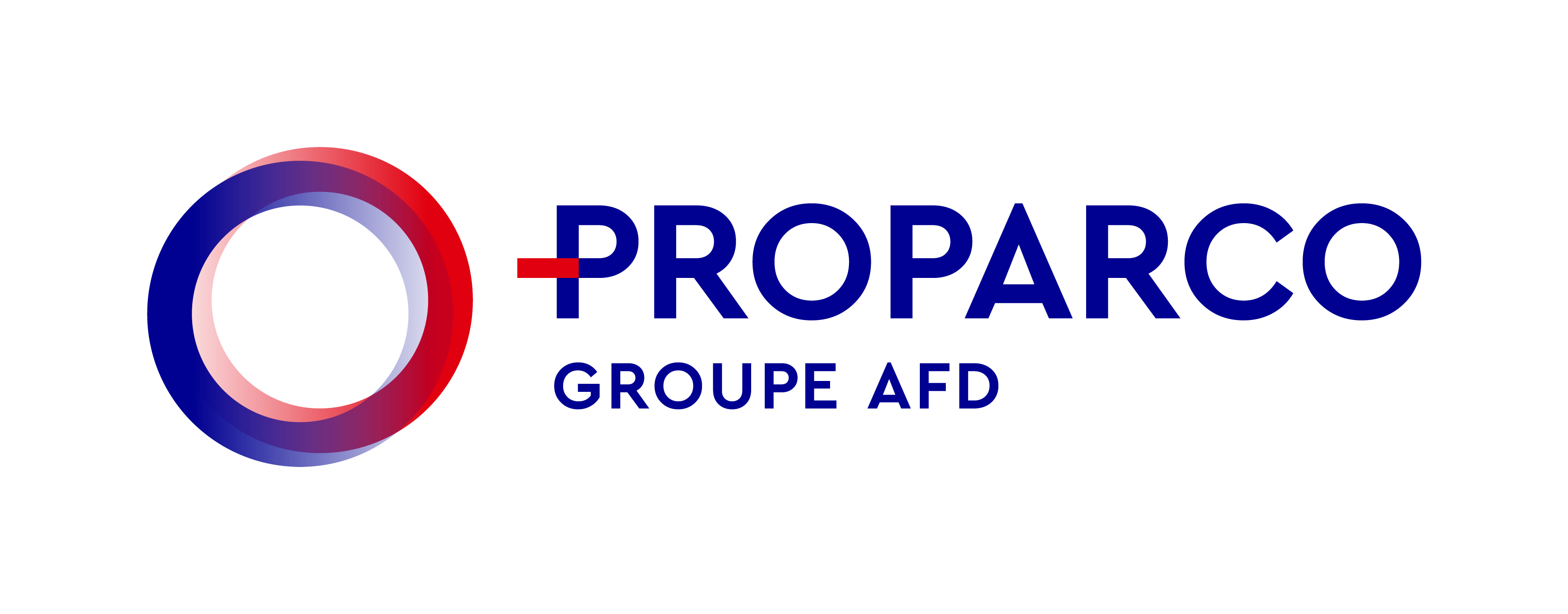Share the page
How to invest responsibly in fragile and conflict-affected settings?
Published on

Private Sector & Development #41 - Acting in fragile contexts: financing, partnerships, innovation
This edition of the Private Sector & Development magazine is devoted to fragile contexts. The multiple challenges facing fragile countries converge, compounding and feeding off each other. In these countries, we have to simultaneously deal with emergency situations, combat poverty over the long term and factor in the impacts of climate change.
Fragile and Conflict-affected Settings (FCS) may be characterized by illegal armed groups, organized crime and violence, ethnic and sectarian tensions, inapt land tenure regimes, corruption, and interwoven legal, informal, and illicit economies. In such a setting, investment, job creation and economic growth may not by themselves mitigate conflict and fragility or make societies more peaceful and stable. Investors who do not account for these characteristics of FCS may inadvertently sustain the very forms of fragility and conflict that they hope to transform. Conflict-sensitive approaches are, therefore, imperative.
Investments deliver various benefits, but also harm and disadvantages by creating ‘winners’ and ‘losers’. Where the winners and losers are groups experiencing social and political tensions or conflict, or have shared histories of intergroup violence, investments can drive conflict, making violence more likely, widespread, or sustained. Investments may sustain conflict if they are captured by ‘bad actors’, either directly or indirectly, through extortion, misappropriation, or bribe-seeking behaviour. ‘Bad actors’ might include armed non-state groups, criminal organizations, and actors within government in cases where states are undemocratic, chronically abusive towards sections of the population, or captured by self-interested or sectarian elites. Individuals within such entities may have legitimate,formal business interests that are or become tied to, or used to finance, illicit and/or violent activities. When DFIs invest in FCS, it is imperative to avoid driving social and political impacts. However, if DFIs account for these risks, then they may also have positive impacts on local dynamics of conflict, fragility, and violence.
WHAT KIND OF STRATEGY SHOULD A DFI ADOPT?
In FCS, positive impacts on peace and stability do not occur as incidental consequences of investment. Rather, they result from deliberate, tailored strategies for impact on peace and stability. Of course, DFIs are not obligated to ‘target’ peace and stability; job creation and livelihoods, pursued in conflict-sensitive ways, are perfectly legitimate strategic objectives. In FCS, DFIs have important options to consider and choices to make. Strategic decisions to address drivers of fragility and/or peace and stability have consequences for the type of projects that are selected, the partners that are engaged, the manner in which projects are implemented and the ways in which impacts are measured. Due to the risks to the investor and the risks that the investor poses to the context, conflict sensitivity must underpin the approach, regardless of the strategy selected.
Structures and processes that govern DFIs’ activities in FCS should reflect their strategic goals and objectives. Internal accountability, incentives, and processes should reflect the organization’s mandate for particular target outcomes. This might mean that personnel working in FCS have the competencies to understand conflict analyses and are able to grasp the likely social and political effects of the projects that they manage; that they have KPIs that prioritize strategic outcomes more highly than, or as highly as investment outflows and ROI; and so on. Analyses of conflicts should predicate projects and their design; analysis of a project’s likely impacts on conflict should predicate project re-design. Internal learning mechanisms should enable organizational and practical changes in response to both positive and negative social and political outcomes.
WHAT KIND OF PARTNERSHIPS SHOULD DFIS BE FOSTERING?
In FCS, two types of collaborations should be considered by DFIs. The first is complementarity with other DFIs: those working in the same contexts should collaborate to foster conflict-sensitive approaches, through the pooling of resources for analytical work and support for mplementation of conflict-sensitive practices. This will foster synergies and prevent competition and working at cross-purposes. The second concerns project partners and intermediaries. Investing to address fragility and conflict requires addressing the underlying social and political problems that sustain fragility and conflict. In most cases, these issues lie beyond the private sector. To this end, DFIs may need to work with international, regional, national and local actors that have positions, competencies, networks, and mandates that DFIs may not have, aligning and coordinating their efforts with those of other actors. Such actors can be instrumental in navigating investments in complex environments, mobilising local support, establishing community-level governance structures, facilitating dialogues about contentious issues, and so on. Managing these aspects of project ‘externalities’ requires local knowledge, networks and influence.
HOW SHOULD A DFI MEASURE ITS IMPACT?
Monitoring and evaluation should be designed to assess the effectiveness of discrete projects in advancing the DFI’s strategic goals. If the strategic aim is to strengthen peace and stability, the DFI should assess the impacts that its interventions are having on peace and stability. Due to the complex nature of conflict and the difficulty of establishing causality, assessing impacts on peace and stability can be challenging. Appropriate approaches entail broad engagement with a diverse range of stakeholders, to understand their perceptions of the investment and its effects. This, in turn, requires robust and trust-based partnerships with local actors who can facilitate meaningful processes of stakeholder engagement at key moments in the project. Moreover, FCS are highly dynamic and often volatile, with conditions that can change suddenly and dramatically. Conflict-sensitivity entails maintaining an understanding of a project’s impacts on the context, even as the context itself changes. This requires integrating impact assessment into ongoing monitoring processes and adapting aspects of the investment to the changing context. By working in this highly adaptive manner that is attuned to the local context, DFIs can improve their ability to minimise the negative and maximise the positive impacts on fragility, peace and stability.


